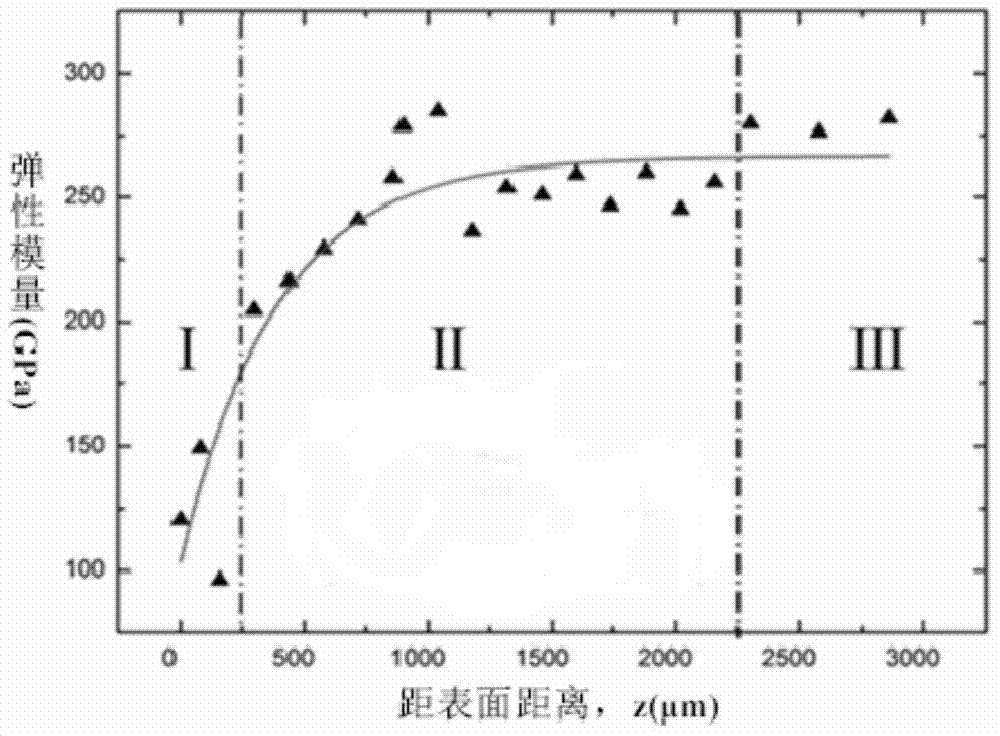Dental partially-glass-infiltrated functionally-gradient zirconia ceramic material
A zirconia ceramic and functional gradient technology, which is applied in the application field of biomedical materials, can solve the problems of insufficient bonding force between zirconia ceramics and veneer ceramics, and achieve the effect of good biological compatibility.
- Summary
- Abstract
- Description
- Claims
- Application Information
AI Technical Summary
Problems solved by technology
Method used
Image
Examples
Embodiment 1
[0028] A preparation method of a functionally graded zirconia ceramic material infiltrated with dental glass, such as figure 1 shown, including the following steps:
[0029] (1) Preparation of permeable glass material: according to the formula La 2 o 3 15wt%, ZrO 2 5wt%, Y 2 o 3 5wt%, SiO 2 20wt%, B 2 o 3 15wt%, BaO 15wt%, Al 2 o 3 15wt%, TiO 2 4wt%, CaO 4wt%, CeO 2 1wt%, Fe 2 o 3 1 wt%, weigh the powder of each component, put it into a ball mill jar, and use deionized water as the medium to ball mill for 6 hours, and mix thoroughly; The water is completely evaporated; the powder is put into a platinum crucible, placed in a muffle furnace, heated to 1300°C in an air atmosphere, kept at a constant temperature for 2 hours, and cooled to room temperature with the furnace; Pass through a 200-mesh sieve after drying to make glass powder;
[0030] (2) Preparation of zirconia green body by pre-sintering: the zirconia powder is pressed into a green body by cold pressing...
PUM
| Property | Measurement | Unit |
|---|---|---|
| thickness | aaaaa | aaaaa |
| thickness | aaaaa | aaaaa |
| thickness | aaaaa | aaaaa |
Abstract
Description
Claims
Application Information
 Login to View More
Login to View More - R&D
- Intellectual Property
- Life Sciences
- Materials
- Tech Scout
- Unparalleled Data Quality
- Higher Quality Content
- 60% Fewer Hallucinations
Browse by: Latest US Patents, China's latest patents, Technical Efficacy Thesaurus, Application Domain, Technology Topic, Popular Technical Reports.
© 2025 PatSnap. All rights reserved.Legal|Privacy policy|Modern Slavery Act Transparency Statement|Sitemap|About US| Contact US: help@patsnap.com



